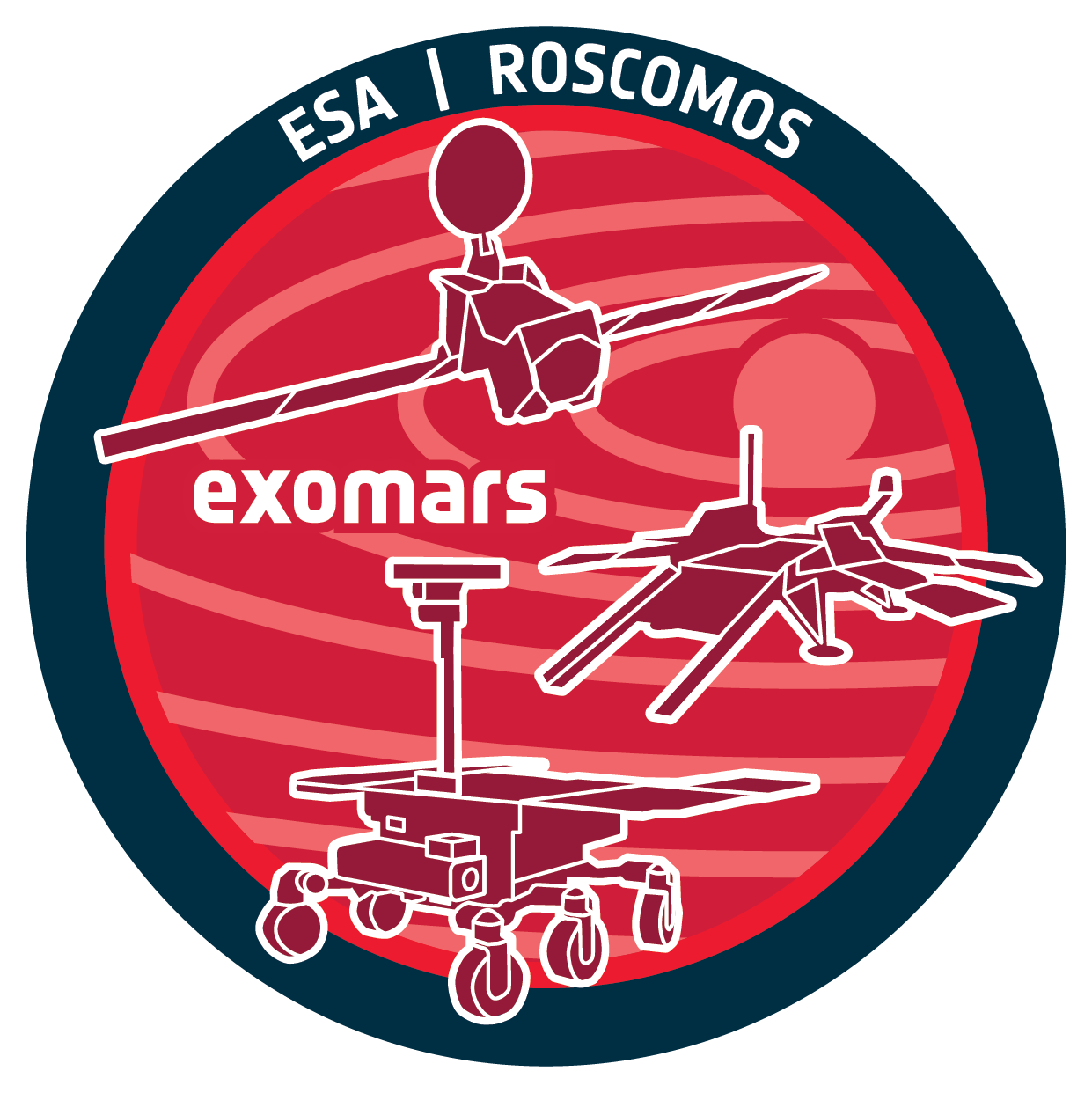

| Name | ExoMars 2016 CaSSIS Raw-level Data Product Collection | ||||||||||||||||||||||||
| Mission | ExoMars16 | ||||||||||||||||||||||||
| URL | https://archives.esac.esa.int/psa/ftp/ExoMars2016/em16_tgo_cas/data_raw | ||||||||||||||||||||||||
| DOI | https://doi.org/10.5270/esa-lsglomt | ||||||||||||||||||||||||
| Description |
CaSSISCaSSIS (Colour and Stereo Surface Imaging System), is a high-resolution, 4.5 m per pixel (15 ft/pixel), colour stereo camera, designed for building accurate digital elevation models of the Martian surface. CaSSIS is designed to acquire targeted images of Mars at a rate of 10–20 images per day from a roughly circular orbit 400 km above the surface. Each image can be acquired in up to four colours and stereo capability is provided by the use of a novel rotation mechanism. A typical product from one image acquisition will be a 9.5 km × ∼45 km swath, in full colour and in stereo, and from one over-flight of the target thereby reducing atmospheric influences inherent in stereo and colour products from previous high resolution imagers. The Principal Investigator is Nick Thomas, from the University of Bern, Switzerland. The Raw_Data Collection
The raw data collection contains the raw science and housekeeping data from the instrument and the data
is released publicly on a daily basis with a six month lag from the data being obtained.
Physically the collection is organised by science phase, then orbit range in groups of 100 orbits,
then orbit. Housekeeping is then organised into a Housekeeping directory. Science data is organised
into a Science directory, then by CaSSIS unique ID (to distinguish a single observation), then CaSSIS filter.
The reason for this separation is that a single observation can have up to a few hundred raw frame lets per filter,
so each science directory will contain from tens to hundreds of files. (Note a download from the PSA will also include
accompanying browse images but these are actually housed in the Browse Collection.) | ||||||||||||||||||||||||
| Instrument | CASSIS | ||||||||||||||||||||||||
| Temporal Coverage | 2016-03-05T00:00:00Z - 2030-12-31T23:59:59Z | ||||||||||||||||||||||||
| Version | 2.2 | ||||||||||||||||||||||||
| Mission Description |
ExoMars 2016 Mission OverviewExoMars 2016 was launched in March 2016 and consists of the Trace Gas Orbiter (TGO) and Schiaparelli, an entry, descent and landing demonstrator module. The primary goal of the mission is to detect trace gasses in the Martian atmosphere in particular to follow up on earlier detections of Methane.Schiaparelli, the technology demonstration lander, did not reach the surface, therefore the only data archived was from the DREAMS instrument, which was obtained during the cruise phase of the mission. The Trace Gas Orbiter (TGO) entered science operations at Mars in April 2018 and has been operating nominally since. It has 4 instruments, CaSSIS, a 4 colour push frame camera, FREND, an epithermal neutron detector, and ACS and NOMAD which are high resolution spectrometers covering the UV to thermal IR range optimised for atmospheric studies. All instruments continue in good health apart from the Thermal Infrared (TIRVIM) channel on ACS. TIRVIM stopped working on December 3rd, 2019 due to HW failure. Since then it has been kept on to ensure thermal mode of the ACS but without producing science data. Housekeeping data is still being generated and archived as of today. Mission Phases
|
||||||||||||||||||||||||
| Creator Contact | Nick Thomas | ||||||||||||||||||||||||
| Date Published | 2021-12-07 | ||||||||||||||||||||||||
| Publisher And Registrant | European Space Agency | ||||||||||||||||||||||||
| Credit Guidelines | European Space Agency, 2021, ExoMars 2016 CaSSIS Raw-level Data Product Collection, 2.2, European Space Agency, https://doi.org/10.5270/esa-lsglomt |